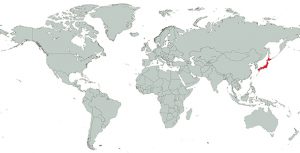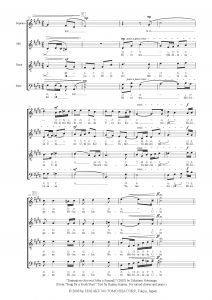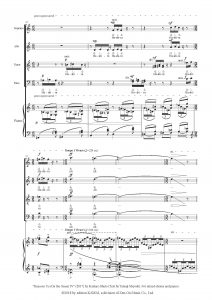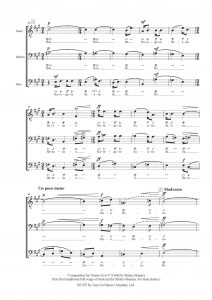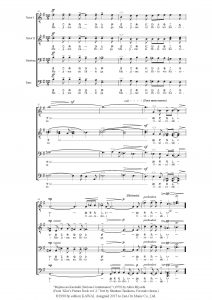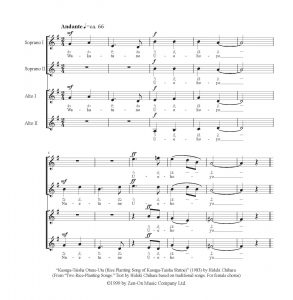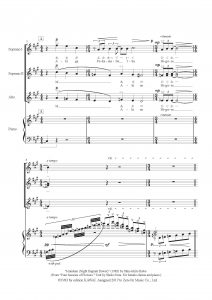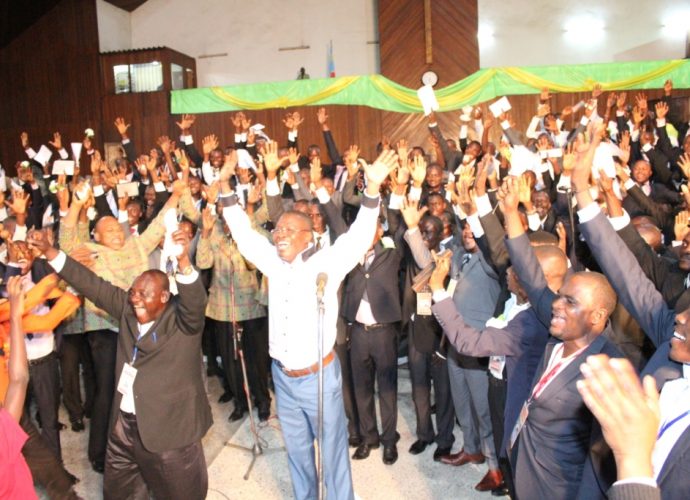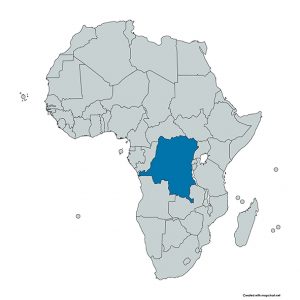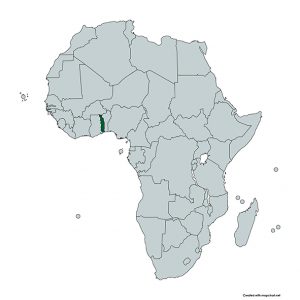The shouting choir of Oulu: Mieskuoro Huutajat
The shouting choir of Oulu: Mieskuoro Huutajat
Interview with conductor Petri Sirviö by Isabelle Métrope
Five Music Rights – More Than Ever!
Silja Fischer
Secretary General of the International Music Council
Read More →
E poi le parole: Renaissance
ICB asks members of the choral world about how a particular word resonates with them. This time, the word is ‘Renaissance’. Let’s share some ins…Read More →
Introducing the WSCM 2023 Organizing Committee
January 3, 2021, saw the first meeting of the World Symposium on Choral Music (WSCM) 2023 Qatar Organizing Committee. Composed of six representatives from the International Federation for Choral Music (IFCM), six repre…Read More →
Presentation of the new IFCM committees
- WSCM 2023: Artistic, administrative and steering committees of WSCM 2023
The Artistic Committee of the WSCM 2023/24 is developing t…Read More →

